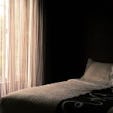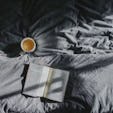Sleep disturbances caused by frequent nighttime wake-ups and restless sleep can have an enormous impact on your sleep quality, memory, cognitive performance, immune system, and many other parameters. Even if you’re spending eight hours in bed, restless sleep will produce far less restorative results than uninterrupted sleep and is often the cause of daytime sleepiness.
Many self-quantification enthusiasts, athletes, and biohackers report spending enough hours in bed each night, but upon review of their sleep cycles, find that an “8 hour sleep night” really only translates to a relatively disappointing 6, 6.5 or 7 hours of actual sleep. If you fall into this category, then keep reading, because I’ll dive into some of my top tips for reducing nighttime disturbances and restless sleep.
What Causes Restless Sleep?
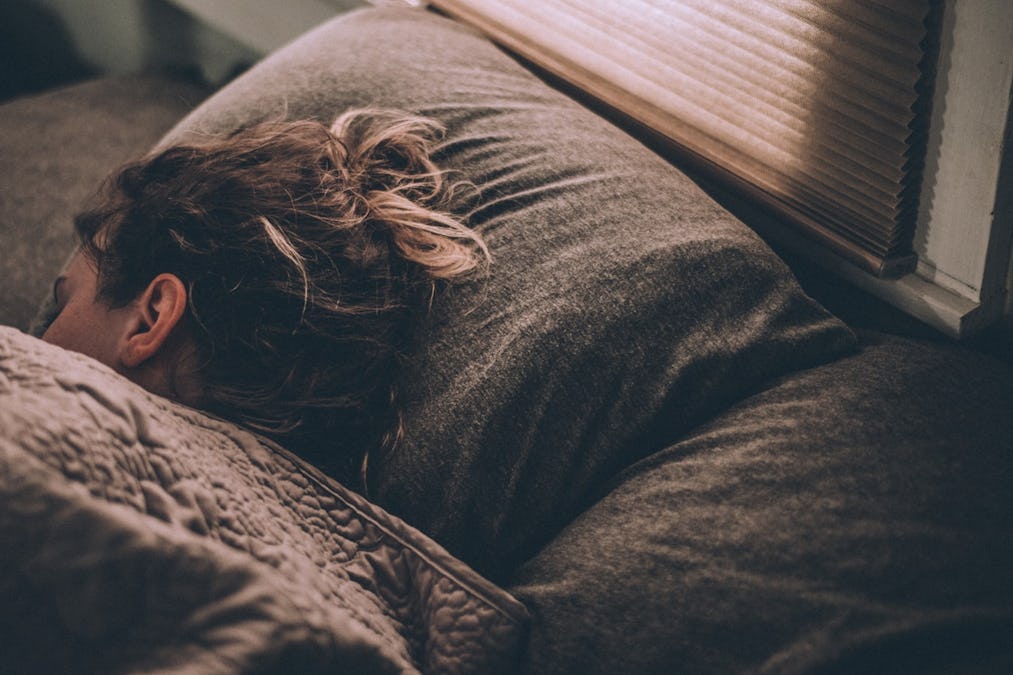
Restless sleep and sleep disturbances can be caused by a variety of factors, including stress, excess noise, restless or loud partners, pets, babies or and food timing. To reduce restlessness and to get more restful sleep, consider tips such as:
-Optimizing your sleep environment by ensuring your room is completely blacked out in darkness.
-Keep your bedroom is cool (I recommend 64-65 °F as the ideal sleep temperature).
-Avoid spicy food and heavy meals or high amounts of alcohol (more than two drinks) within 2 hours of bedtime, and avoid caffeinated beverages or energy supplements in the afternoon and evening.
-Complete any hard exercise sessions at least 3 hours prior to bedtime, and if you must workout closer to bedtime than that, lower your body’s core temperature with a post-workout cold shower (more details below)
-Install Iris on all your computers and switch it to sleep mode (or use this red light iPhone trick) our phone to night mode when the sun sets in whatever area of the world you happen to be in.
When it comes to restfulness, in my experience the biggest variable above to make the most significant impact is to keep your body temperature low. Not only should you keep the room relatively cool, but you should also consider:
-An outdoor walk in the cold, a quick cold shower, or jump into a pool, lake, river or ocean if you’ve done a hard workout that night or eaten a very heavy meal. Some athletes are concerned a post-workout cold soak will blunt the hormetic response to exercise and limit muscle or mitochondrial gains, but this is only the case if you get very cold (such as a 10-minute ice bath). A 2-5 minute cold shower or cold soak or 10 minute outdoors cold walk will not impair exercise response.
-Wearing wool socks to bed. Research suggests that wearing wool socks to bed causes blood vessel dilation (vasodilation) that can warm the skin but lower the body’s overall core temperature, and can shorten the time it takes to fall asleep by over 15 minutes!
-Use breathable or cooling bed sheets. The best choice for cool, breathable sheets is linen, which tends to be cooler than cotton. For a more eco-friendly or hypoallergenic choice, bamboo is an excellent choice. It is hypoallergenic, and also feels gentle to the touch. If you must use cotton, look for a thread count lower than 400, which is thinner and cooler than higher thread count sheets.
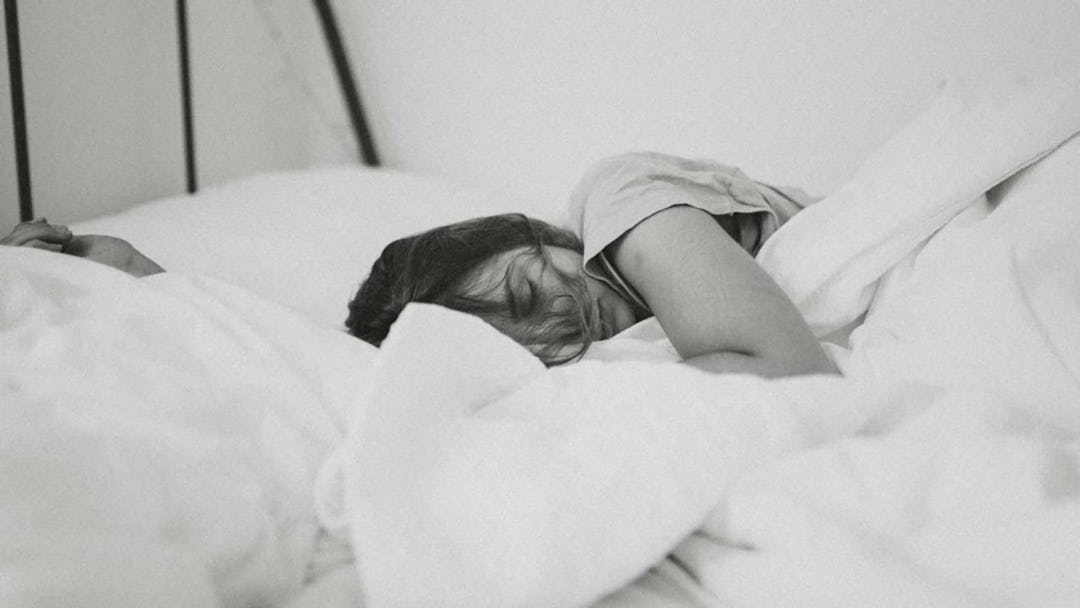
Aside from thermoregulation and cooling the body, a few of my other favorite quick tips for reducing restlessness include:
-Plenty of morning sunlight and natural light exposure, which can jumpstart the circadian rhythm and allow for deeper sleep later at night.
-Use of apps that enhance sleep, particularly when used with a “pink noise” setting. One of my favorites is Sleepstream, and another excellent app for sleep is Brain.fm. I recommend putting your phone in airplane mode and playing these apps next to your bed at night, or if in a particularly noisy area, using foam earplugs and/or a sleep-friendly set of headphones, such as the soft, side-sleeper friendly Sleepphones.
-Installing blackout curtains in the bedroom, turning off all light-producing devices or covering the lights with LED light-blocking tape, and donning red or orange blue-light blocking glasses whenever the sun sets in whatever area of the world you happen to be in.
-Ensure your bedroom is a “safe place”, which your body primarily associates with sleep or sex only. Avoid taking your laptop into bed to work, or reading business books or other highly stimulating intellectual material prior to bed. Keep the TV out of the bedroom, or don’t watch TV in bed, even during the day. For the ultimate in feeling safe during sleep, consider the use of a gravity blanket, which can assist with activating your parasympathetic nervous system during sleep.
-Don’t eat a heavy meal prior to bed, but if you do find yourself frequently waking, consider consuming a cocktail that will allow a slow “bleed” of calories and nutrients into your system during a night of sleep. I prefer a tablespoonful or two of coconut oil and almond butter drizzled with raw honey and a pinch of sea salt. The addition of collagen or glycine may also be helpful.
-Finally, any inhibitory neurotransmitter supplement, including GABA, passionflower, valerian root or chamomile, or a small dose of melatonin prior to bed.
Restless Sleep Summary

Cold, darkness, and silence are the holy grail of a good night of sleep. When you use the practical tips in this article to achieve each of these three keys, and simultaneously address exercise and eating patterns before bed, you’ll experience far fewer nighttime wakings and better daytime energy.
How about you? Have you found any particularly effective strategies for nighttime wakings and restlessness? Leave your tips below!
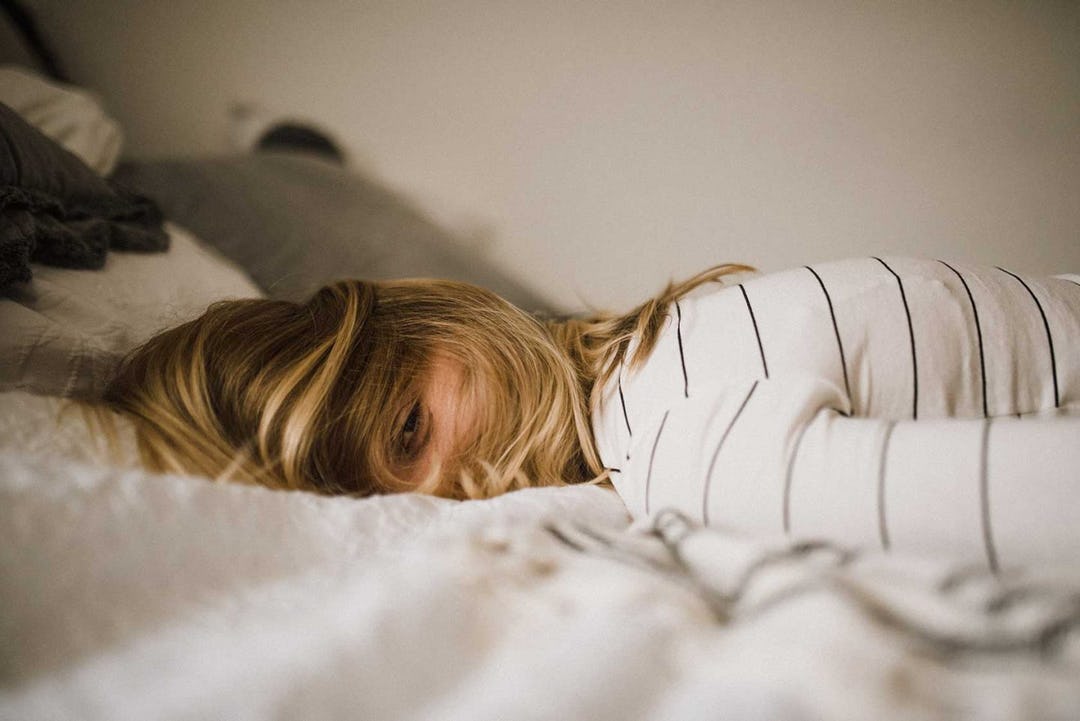
)

